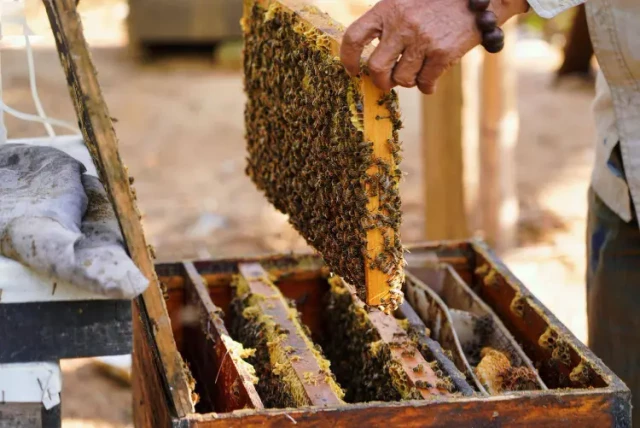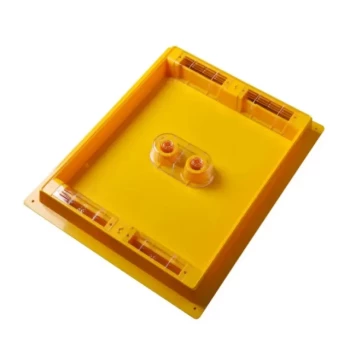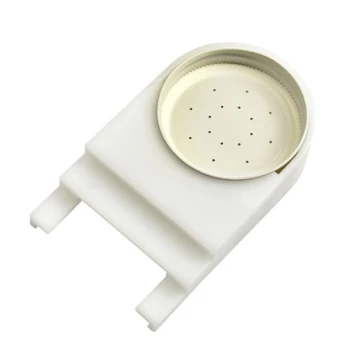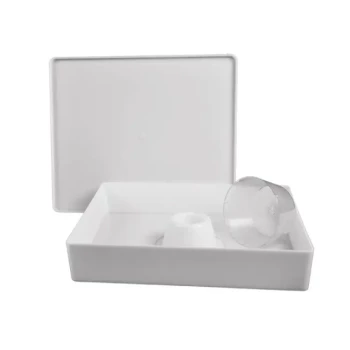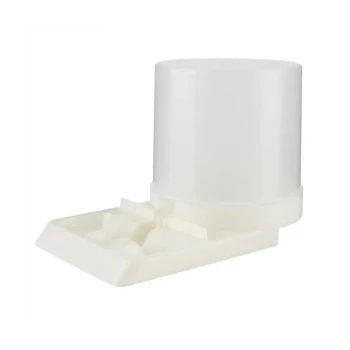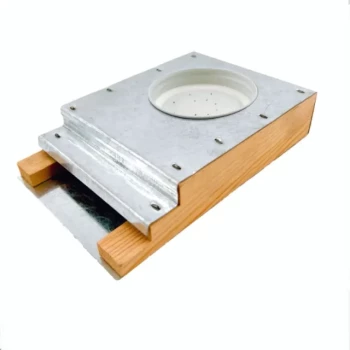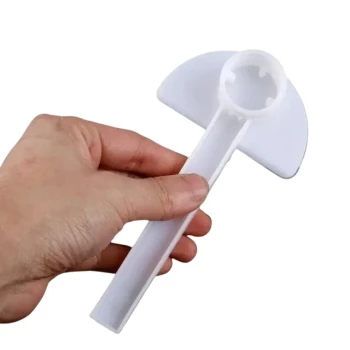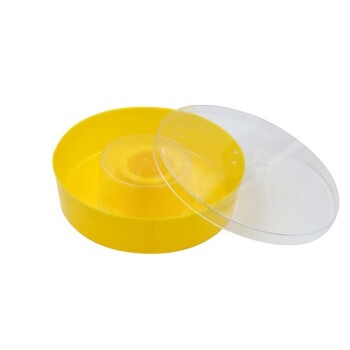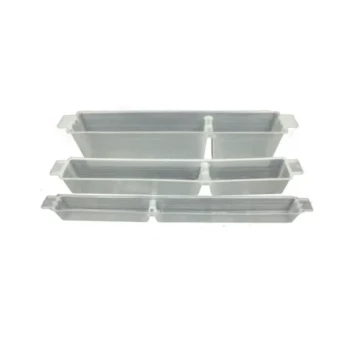Modern beekeeping demands precision—especially when feeding colonies. Traditional methods often disrupt hive stability, but frame-style pro feeders offer a smarter solution. This guide explores why these systems outperform alternatives, with actionable strategies for seasonal feeding, installation, and risk prevention.
Understanding Pro Feeders in Modern Beekeeping
Pro feeders integrate seamlessly into Langstroth hives, minimizing disruptions while maximizing feeding efficiency. Unlike makeshift solutions, they address two critical beekeeper priorities: hive stability and nutrient accessibility.
How Frame-Style Feeders Prevent Hive Disruption
- Space Preservation: Traditional top-entry feeders often require removing brood frames, reducing space for colony expansion. Pro feeders fit within the existing frame layout, maintaining hive capacity.
- Modular Compatibility: Langstroth’s vertical stacking design allows pro feeders to adapt as hives grow—ideal for both 8-frame and 10-frame setups.
Did you know? Research shows that colonies using frame feeders experience fewer stress behaviors (e.g., clustering near entrances) compared to top-fed hives.
Seasonal Feeding Strategies for Optimal Results
- Spring Stimulation: Use a 1:1 sugar-water ratio to mimic nectar flow, encouraging brood production.
- Winter Prep: Shift to 2:1 syrup for higher caloric density, stored efficiently in pro feeders’ sealed design.
Comparing Feeding Systems: Safety and Efficiency
Pro Feeders vs. Entrance Feeders
| Factor | Pro Feeders | Entrance Feeders |
|---|---|---|
| Colony Safety | Reduced robbing risk (sealed access) | Exposed, attracting pests/robber bees |
| Efficiency | Holds 1–2 gallons; refilled less often | Frequent refills needed |
Key Insight: Frame feeders’ ladder systems eliminate drowning risks—a common issue with open-tray methods.
Practical Implementation Guide
Step-by-Step Installation in a Langstroth Hive
- Select Placement: Replace one frame (typically near the brood nest) to maintain hive cohesion.
- Fill Carefully: Pour syrup slowly to avoid spills; use a funnel if needed.
- Monitor Levels: Check every 3–5 days during peak seasons.
Preventing Bee Drowning and Mold Growth
- Ladder Design: Ensures bees climb out safely.
- Ventilation: Opt for feeders with breathable lids to inhibit mold.
Pro Tip: Clean feeders with a vinegar solution between refills to prevent bacterial buildup.
Elevate Your Beekeeping with HONESTBEE
Why struggle with inefficient feeding? HONESTBEE’s pro feeders are engineered for commercial apiaries and distributors, delivering:
- Time Savings: Fewer refills mean more focus on hive health.
- Colony Stability: Modular designs grow with your operation.
Upgrade your feeding system today—because thriving bees start with smarter tools.
Visual Guide
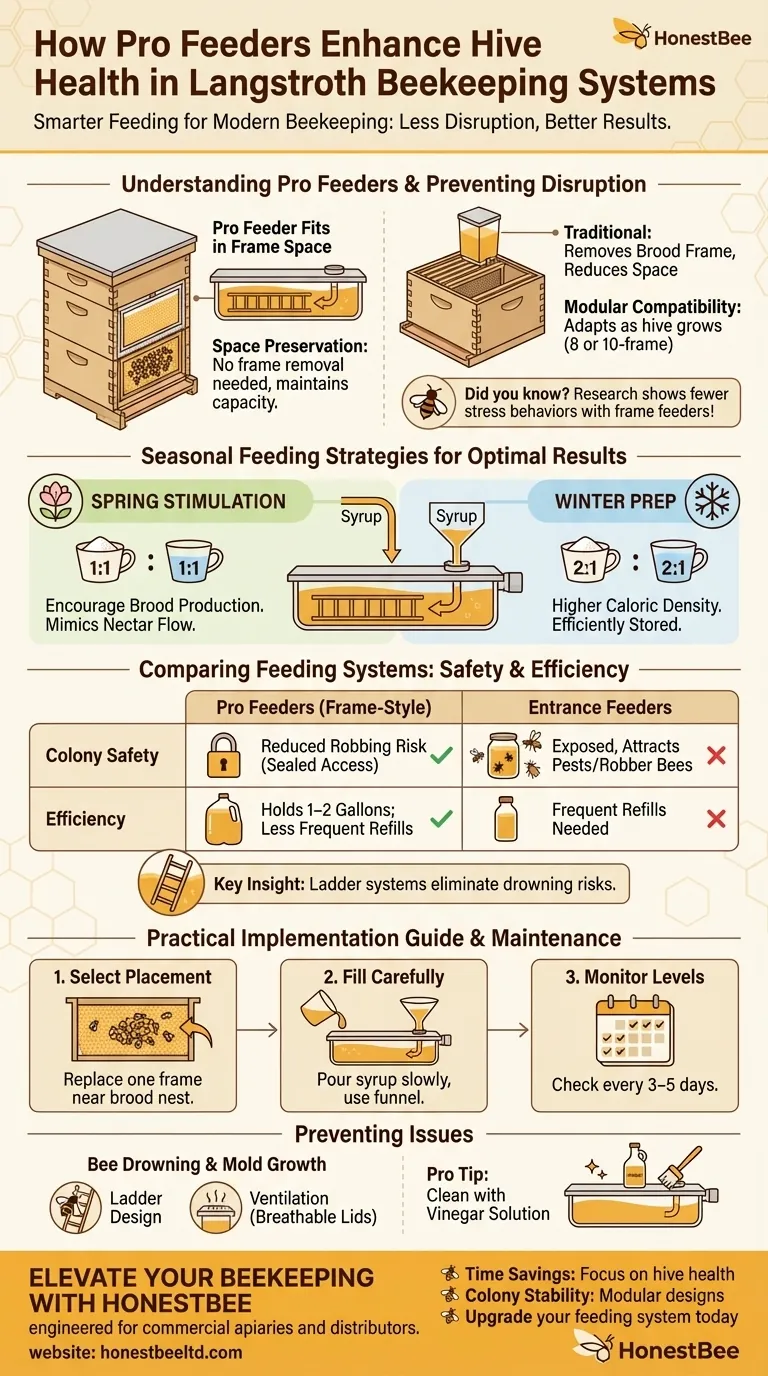
Related Products
- Professional Hive Top Bee Feeder for Beekeeping
- Professional In-Hive Frame Bee Feeder by HONESTBEE
- Classic Boardman Entrance Bee Feeder Hive Front Feeding Solution
- HONESTBEE Professional Hive Top Bee Feeder Feeding Solution
- 3.5L Plastic Beehive Frame Feeder Deep Frame Water Feeder for In Hive Use
Related Articles
- 8-Frame vs. 10-Frame Langstroth Hives: A Practical Guide for Beekeepers
- The Paradox of Plenty: Why Warm Winters Are a Silent Threat to Bee Colonies
- How to Feed Bees During Shortages: Prevent Starvation and Sustain Colonies
- How to Optimize Bee Colony Health: Science-Backed Feeding Strategies for Sustainable Buildup
- Honey Flow vs. Langstroth Hives: Which System Delivers Better Efficiency and Bee Health?
